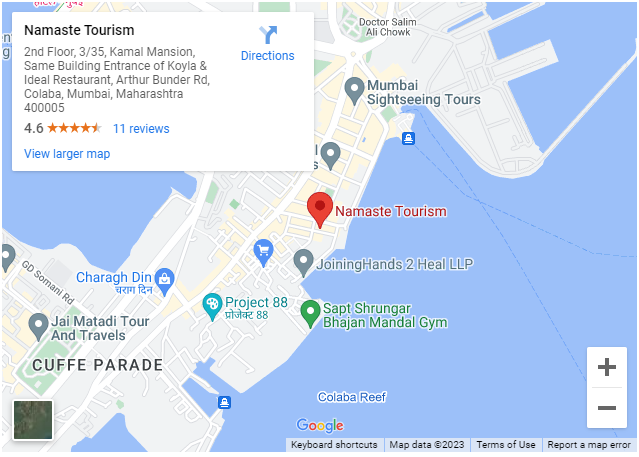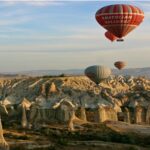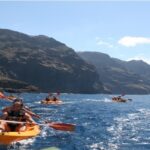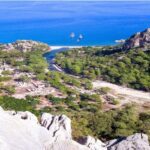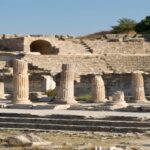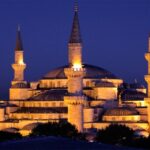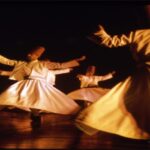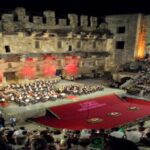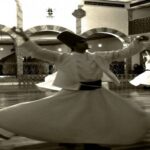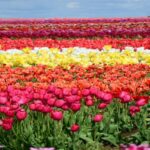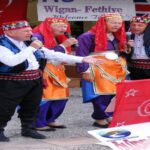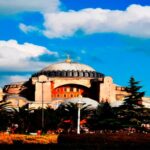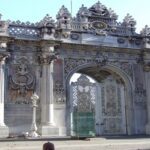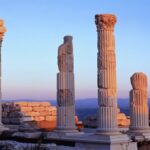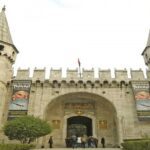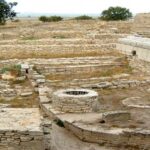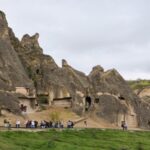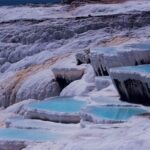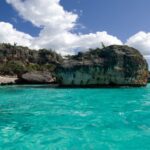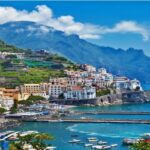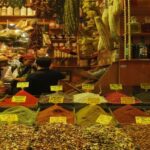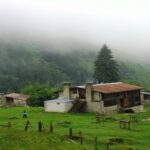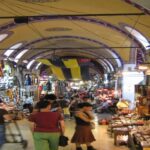Turkey
Turkey is a country with vast natural beauty & adventure experiences. It produces some of the best wines in the world. Many are attracted to the unique beauty of the Mediterranean coast line, exhilarating adventure sports & attractive cuisine
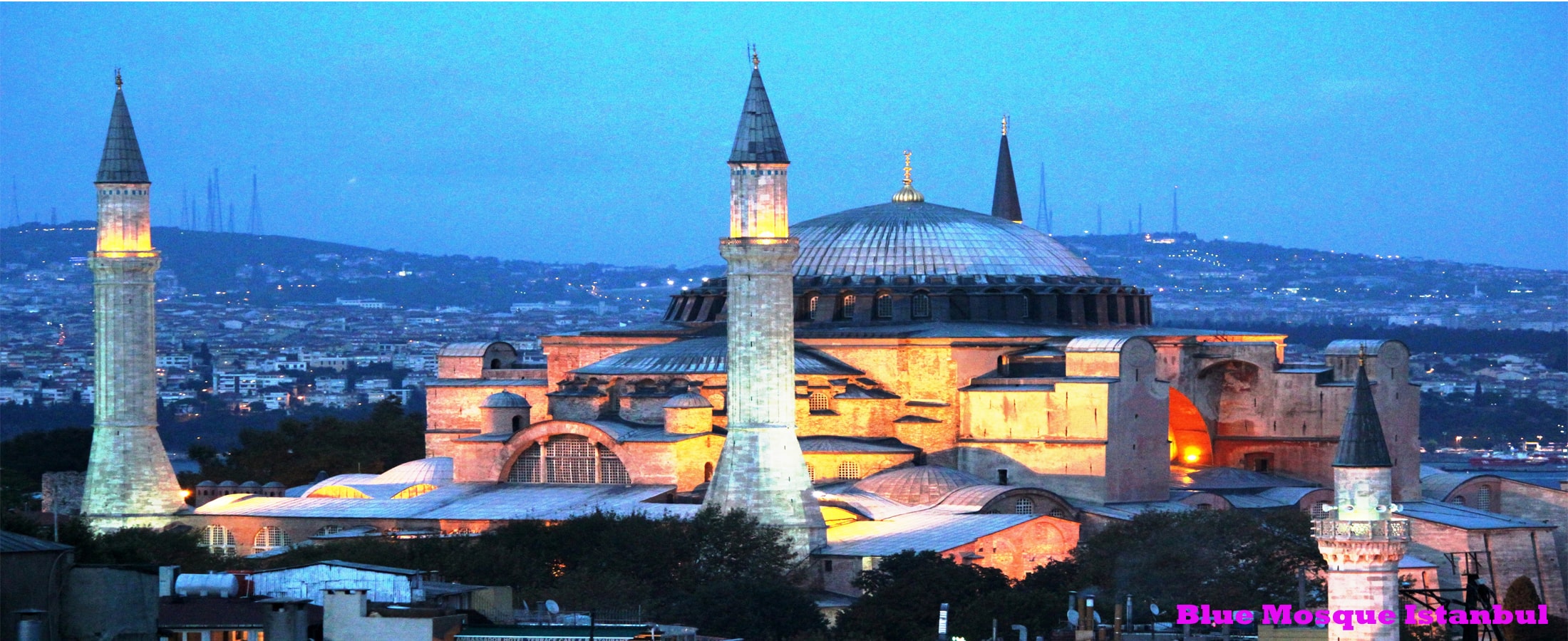

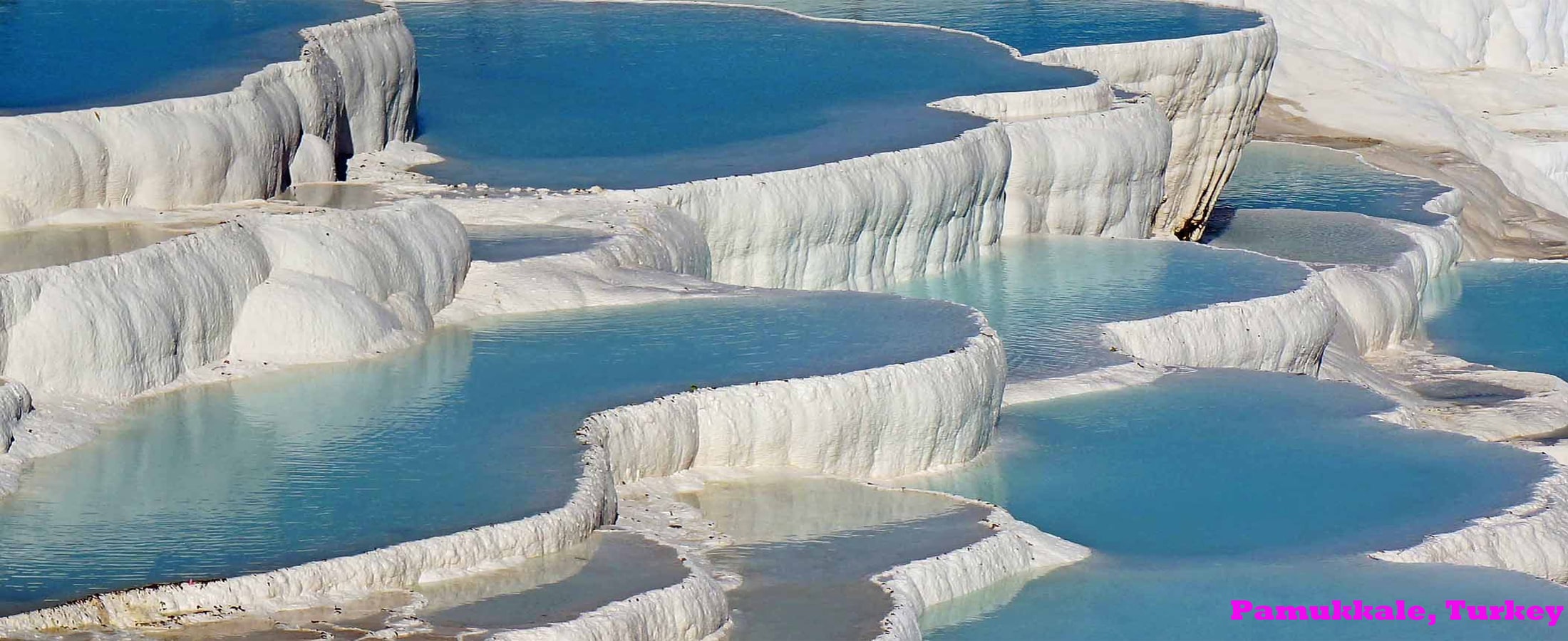

Why Travel with Namaste Turkey?
- A local concierge service with a 24×7 emergency contact number assisting you with all facets of Turkey – restaurants, shopping and local experiences
- We focus on local experiences as much as important sounds and sights that you must visit
- Our tailor made touring looks into finer elements including pace of travel and off beat as well as insider experiences where possible
Things to do in Turkey
Discover ancient ruins, stunning landscapes, and vibrant markets across Turkey. Enjoy unique experiences like hot air ballooning, Turkish baths, and delicious local cuisine.
GEMS OF TURKEY
Turkey In One Go
Visit the major icons of Turkey in one go. Gems of Turkey takes you through the “World’s oldest melting pot of cultures” Cappadocia, Kusadasi, Istanbul where you visit the blue mosque, as well other attractions that should be in your “must-see” list whilst planning a holiday.
HIDDEN TREASURES OF TURKEY
Go Beyond the Popular Icons
Heading to Cappadocia, explore the hidden treasure of places close by where you could experience underground cities or a hot air balloon ride. There are many such hidden treasures to explore and our Turkey Specialists will be more than happy to assist you to visit places beyond the popular icons – must for your second visit to Turkey.
À LA CARTE
Choose Your Own Experience
You like the nightlife of Istanbul, lets add it! You want a siesta at Antalyas beach, done. You want to have a lazy time at Pamukkale? Added. We will show you what Turkey has and you can add what you want.
CITY MAGIC
Spice Up Your Short City Stays
Travelling to Turkey on business or visiting friends and want to extend your stay in one of the big cities ? Why not plan day trips to nearby attractions? Whether you wish to visit Kusadasi, Bodrum, Ankara, or Antalya, City Magic adds Spice to your trip in terms of shopping, food and more during your short stay in Turkey.
LUXURY AND FAIRY TALES
Indulge Without Boundaries
Ride a private Hot Air Balloon or stay at some of the finest Hotels in the world. beside the Bosphorus. Plan a tour without strings – full of one of the most royal experiences on the planet Turkey, has it all.
THEMES AND INTERESTS
Pursue A Hobby When On Vacation
Whether its playing Golf, swimming in the Mediterranean Sea or capturing images, this segment gives you choices from adventure to photography to sports. No matter what your passion, Turkey is the place to pursue it.
OFF THE BEATEN TRACK
Winners Do Things Differently
Have you had enough of the stereotype holidays? Are you looking for something totally different and are willing to take back some interesting memories such as visiting a 17th-century Post Office at Mardin, visit the house of The Virgin Mary & Ephesus or enjoy a private boat ride along the Bosphorous!
GUARANTEED TOURS
A Great Mix of Budget & International Friends
Are you on a budget or do you enjoy back packing? Do you want to save on transport and stay and instead spend on activities and attractions? Do all this and more, with us you get to travel with people from across the world! You may even make some friends for life.
EXTENSIONS
Elongate the fun
Turkey is a fascinating place where even 10 days is not good enough to explore the country. However, if you do have time in hand, inquire with the Namaste Turkey team who will be glad to put you in touch with our destination experts and offer extensions to Bulgaria, and Romania or even one of the Central European Countries like Hungary, Czech Republic and Slovakia.
Leave a Reply
Do you have some comments or questions for us? We’d love to hear from you! Don’t be shy! Feel free to drop us a message!

